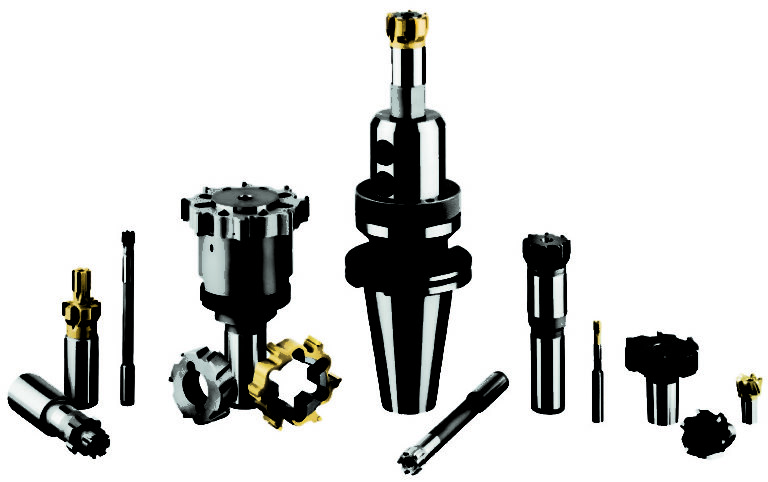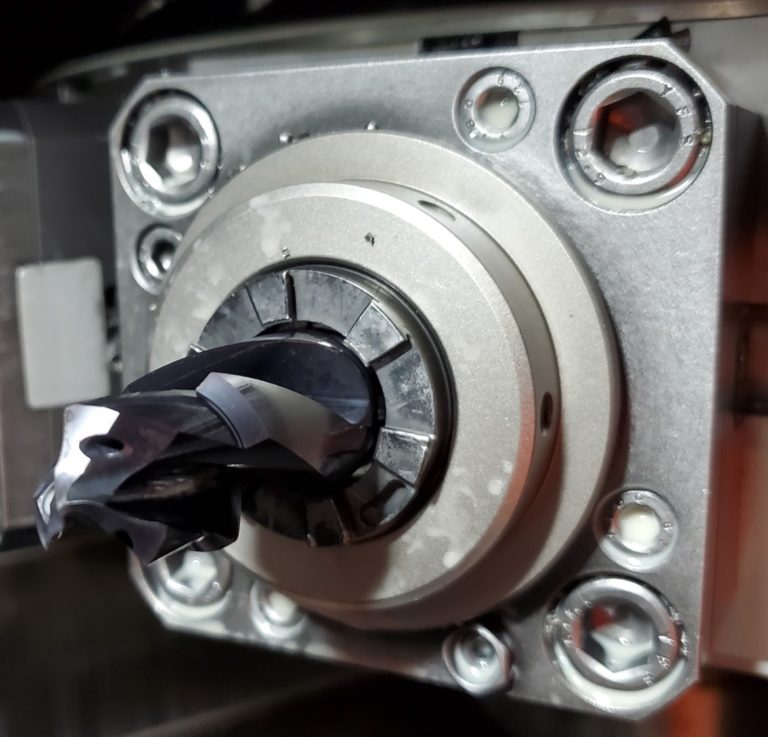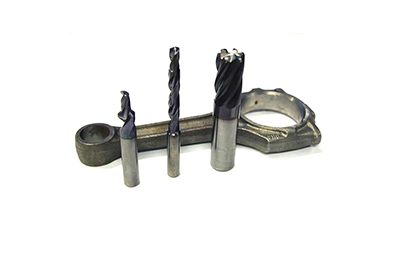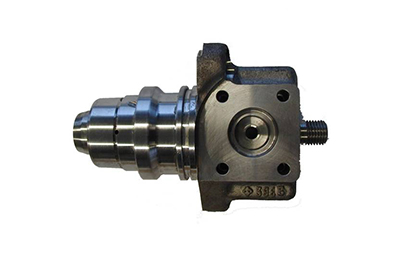Manufacturing engineers are constantly looking for ways to improve their processes and find new ways to improve efficiency. Though machining operations can be classified into three principal processes — turning, drilling, and milling — innovations and technological improvements are very common in manufacturing today. Today’s manufacturing engineers have a lot of different options when a new part print comes across their desk. When it comes to efficiency, single point boring can easily be replaced with high performance reaming to improve machining results. Here are three ways that switching to high performance reaming improves efficiency.
Three Ways Switching to High Performance Reaming Improves Efficiency
- Single point boring is used to achieve the correct size and finish in a bore. Single point boring is a slow process because only one cutting edge is doing the work. With reaming, there are multiple cutting edges or blades with each blade guiding and cutting integrated into it. This allows for higher feeds and speeds compared to single point boring, resulting in reduced cycle time.
- 2. Precision is very important when it comes to machining parts. Single point boring tools need to be set and adjusted accordingly to make sure the first bore is a good bore and to avoid scrapping parts. With single blade boring, holders, inserts and setting equipment are needed to ensure the bore’s accuracy. Adjusting the cutting inserts on these tools can become time intensive (requiring setting equipment). With high performance reaming, setting the reamer is easy, there is no need to adjust for diameter as the tool is ground to the correct diameter in the factory. Reaming is also a stable and secure process that does not require the same level of adjusting as single point boring does. The first bore is a good bore, with reaming it only takes one hit to achieve the desired results. This saves time and allows for higher tool life, saving time and money.
- 3. Reamers have multiple cutting blades compared to a single point boring tool. This provides significant advantages when it comes to improving bore quality. The bore quality is significantly improved by using a tool with multiple cutting edges, surface finish and the ability to hold the correct size are dependent upon the number of blades. With reaming, closest tolerances are achieved with higher speeds and feed rates. Reaming at these higher feeds and speeds, not only reduces cycle time, engineers are also producing better quality parts.
To recap, reaming improves efficiency in manufacturing because tighter tolerances can be achieved, no adjusting is necessary, and reamers can be run at higher feeds and speeds. High performance reaming is an easy winner in terms of quality, speed, and overall efficiency compared to single point boring. The cost of purchasing a high-performance reamer is higher than that of a single point boring tool. These costs are more than made up by the ability to recondition a reamer an unlimited number of times (30% savings over the life of the tool), less scrapped parts because of accuracy, the time saved by running at a higher feed rate and the time saved by easier setting and handling. Switching to high performance reaming is a no-brainer if you are trying to achieve success in manufacturing.




